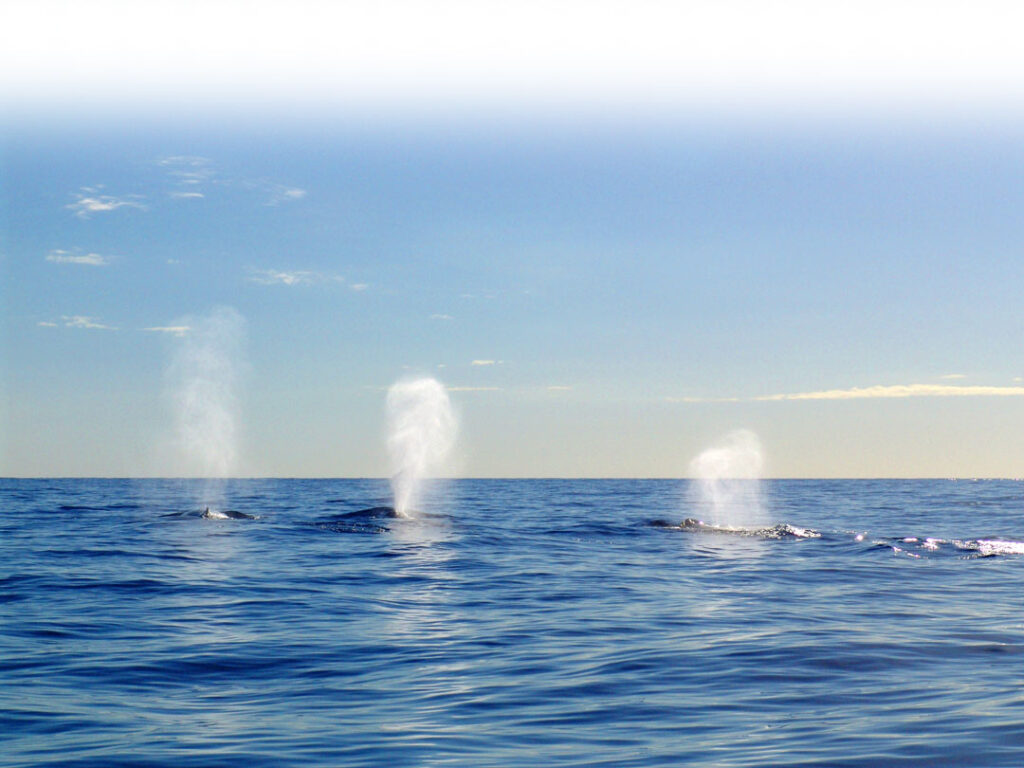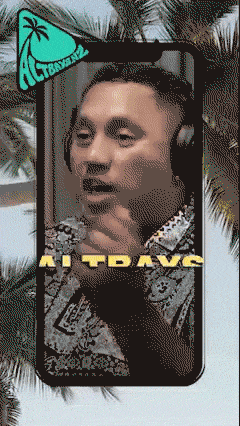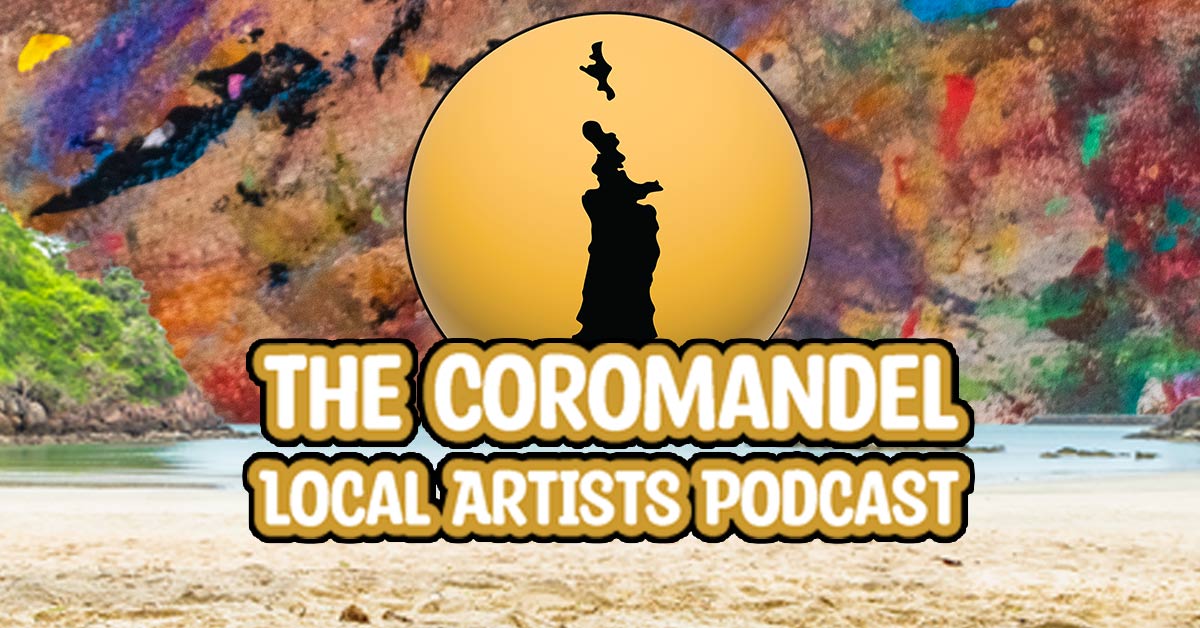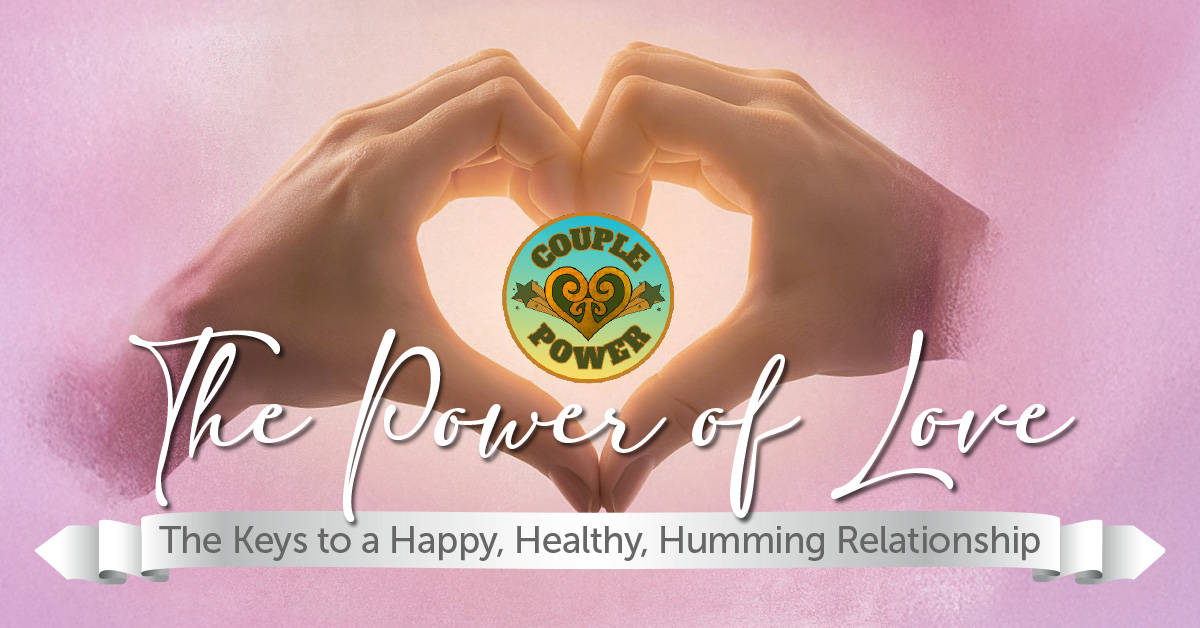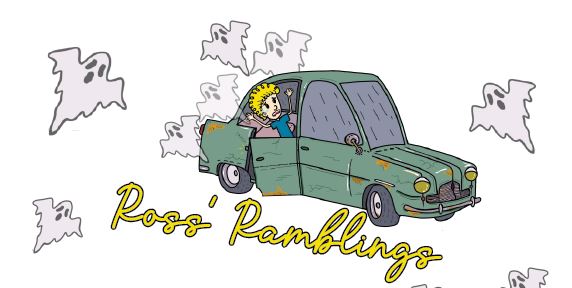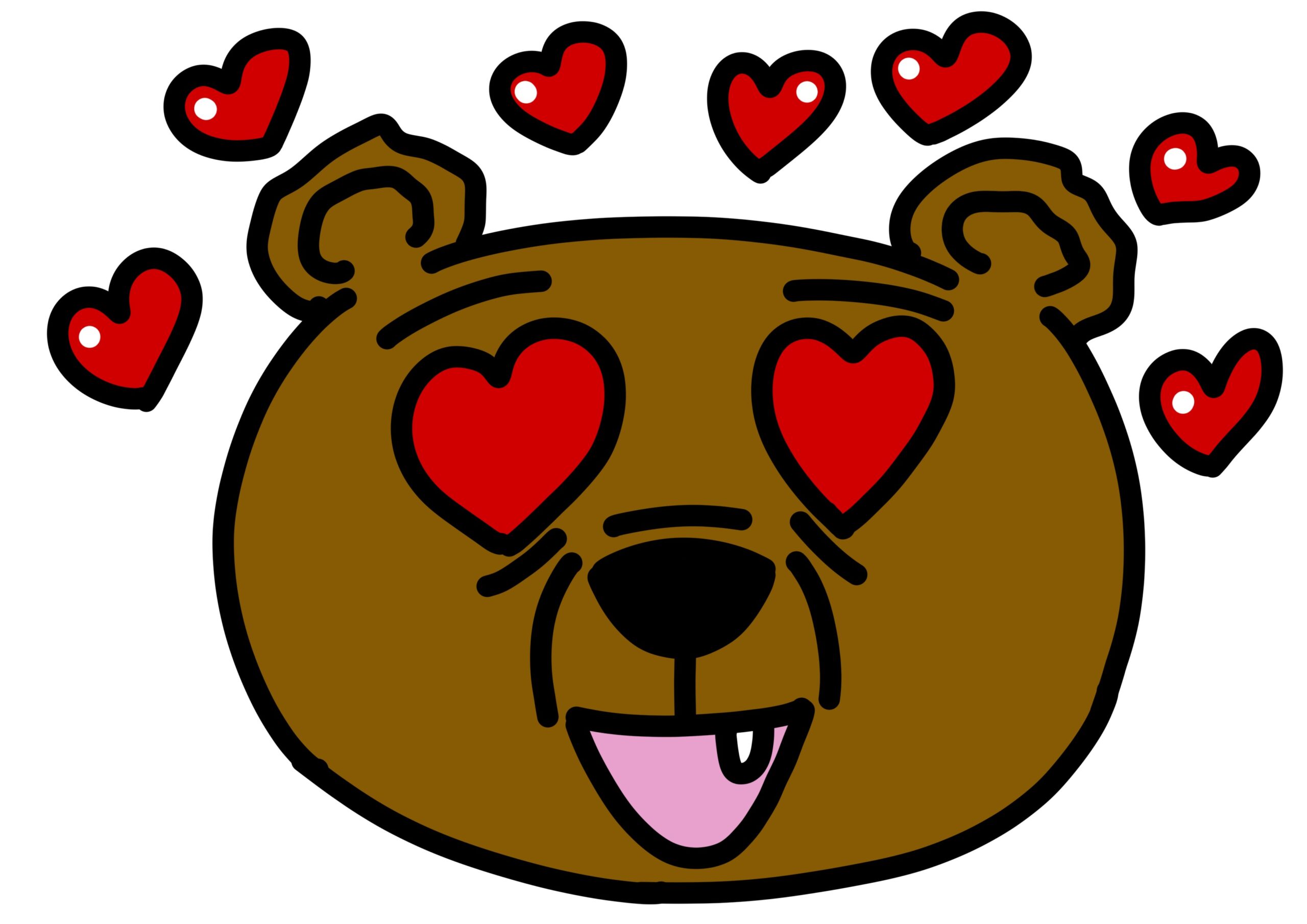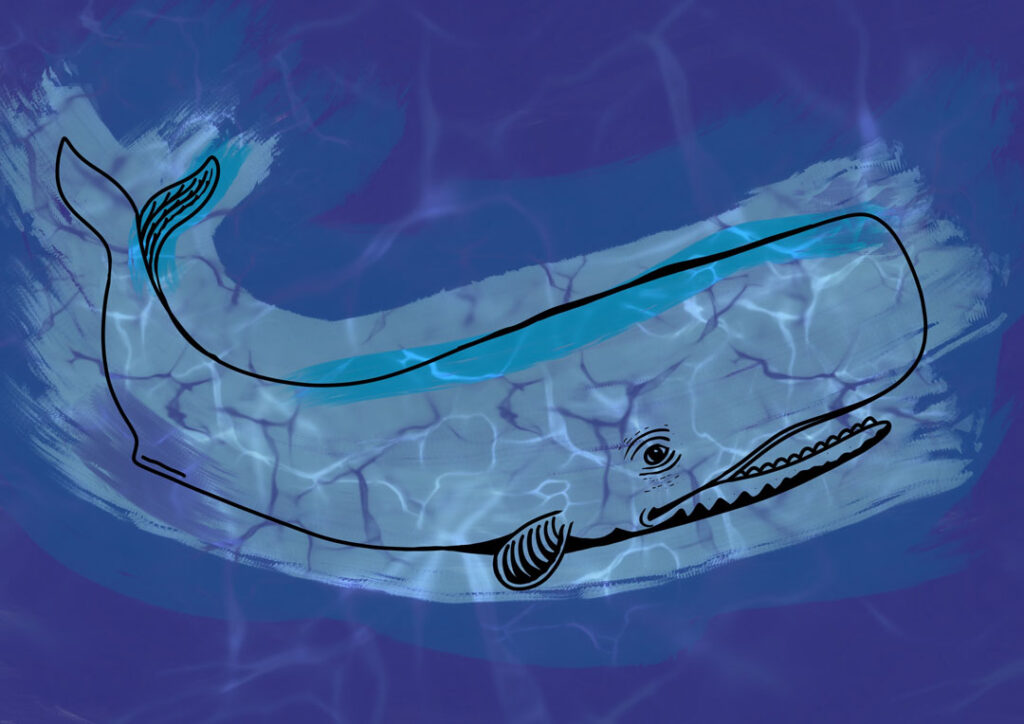
TE IKA, TE WAKA TE PUNGA A MĀUI, ME MOTU KĒ (Māui’s Fish, Boat, Anchor and Other Islands)
Aotearoa is a Pacific Island nation coming to terms with its whakapapa. Our whakapapa includes pre-Treaty strands originating in Te Moana Nui a Kiwa² and post-Treaty strands from Europe and the rest of the globe. In 2019, Tuia 250 – Te Pōwhiri ki Wharekaho, was a singularly impactful event for bringing these strands together in celebration of our national and local identities in Pare Hauraki³.
800 years after the arrival of luminary navigator Kupe, local iwi, schools and community welcomed a flotilla of waka and ships’ crews, dignitaries and well-wishers on the 250th anniversary of Captain James Cook’s journey through our region, as he followed the transit of Mercury, under orders of the British Royal Society in 1769.
TUIA I RUNGA, TUIA I RARO (Bind Above, Bind Below, Bind for Balance)⁴
This was also the anniversary of the meeting of rangatira, Toawaka of Ngāti Hei, and the Tahitian ra’atira, Tupaia, a crew member of the Endeavour. After connecting through whakapapa, discussions between these wānanga-educated statesmen and scholars lay the foundation for ‘the first sanctioned pōwhiri between European and Māori.’⁵
Tuia 250’s mission statement, ‘tuia te muka tāngata ki uta’ (‘weaving people together for a shared future’) sums up the occasion’s vibe and describes how the peoples of these three chiefs (Cook, Tupaia and Toawaka) laid down their perspectives on the marae ātea (the ritual space where oratory occurs) to re-synthesise our current understanding of history-past and future-waiting.
TE ROI A TINIRAU (The Tears of Tinirau)⁶
The weaving together of people and stories brings us to Puhi Wairangi, the ika tupuna (fish ancestor or relative) whose story elicited so much attention in local and national media during late October in 2022. The young deceased parāoa (sperm whale) washed ashore at Matapāua, was towed to Wharekaho and there, was ritually flensed and interred by Ngāti Hei and their supporters.
The ‘harvesting’ of Puhi Wairangi’s remains took place under the tutelage of tōhunga (experts / priests) of the Ngāti Wai people. Like many iwi, Ngāti Wai have strong whakapapa ties to Tangaroa’s elder children (whales) and carry obligations to that tupuna in perpetuity. The wānanga (imparting and application of traditional knowledge) invoked by the whale’s passing included previous and new students of Ngāti Wai, from the local area and further afield.
TŪKAIAIA KI TE RANGI, NGĀTI WAI KI TE MOANA (As The Sea Eagle Flies, Ngāti Wai Sails The Sea)
Ngāti Wai o Te Moana (The People of the Sea) are one tribe who have played an important role in reviving traditional whale practices within iwi throughout New Zealand. Rangatira Hōri Parata is an acknowledged ‘go-to’ in the mātauranga tohorā (traditional whale lore) he has learnt and lived, since childhood. He has worked with tāngata whenua, local government and Te Papa Ātawhai (DOC) for decades, developing protocols around whale ritual, rescue and harvesting. A Google search of his name should placate the concerns of any who were caught up in the media “pātero-storm” which emerged during the Puhi Wairangi wānanga. Those whose opinions can change based on quality information and reasoning add to our nation’s future-resilience. Those who remain fixed-minded do not. Tērā, tērā (‘nough said).
TUIA I ROTO, TUIA I WAHO (Bind the Inside to the Outside)
We are a Pacific Island nation coming to terms with our identity. The process occurs daily, is generational and is organic. Hopefully, it is also kind, enlightened and involves listening. Tuia ki uta, tuia ki tai … Tihei mauri ora! – Connect to the land, connect to the sea … the life in them is the life in me.
– Words by Brandon Amoamo, Kaiako Māori
Art by Lucas Rocha
1‘Kāwhiu’ – a type of flax kete used for gathering seafood. ‘Kāwhiu Kōrero’ – a collection of ocean stories
2 ‘Te Moana Nui ā Kiwa’ – The Great Ocean of Kiwa – The Pacific Ocean
3 ‘Pare Hauraki’ – regional name, of Tainui origin, which takes in the land and sea area from Matakana (in the modern Rodney ward of Auckland) to Matakana Island (off the coast of Tauranga). ‘Te Kauwae o Te Ika – The Jaw of The Fish’ (according to Te Arawa’s Ngāti Hei tradition) and ‘Te Tara o Te Ika – The Barb of The Fish’ (according to Tainui tradition) are names for the Coromandel Peninsula which is part of the greater Pare Hauraki area.
4 A reference from the karakia which gave the Tuia 250 Events of 2019 their names. Here, a reference also to balance, equity, partnership and Te Tiriti o Waitangi – our founding national document. Contrary to the poorly informed opinions of a minority, the ‘te reo ‘version of the Treaty over 500 hapū or tribes signed was all about partnership. Only 30 odd signed the English language version which spoke subjugation to the Crown and relinquishing existing rights. International law does not recognise the latter.
5 From Destination Coromandel – ‘thecoromandel.com’ – posted by Emma Darragh in 2018
6 Tinirau was an ancestor sought out by whales as he could communicate with them. ‘Roi’ refers to the tears he shed when his spirit-familiar, a parāoa called Tutunui, was murdered by the priest Kae. Tinirau later avenged Tutunui’s death.
